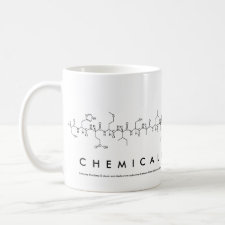
Authors: Liu Y, Meng XG, Luo M, Meng MJ, Ni L, Qiu J, Hu ZY, Liu FF, Zhong GX, Liu ZC, Yan YS
Article Title: Synthesis of hydrophilic surface ion-imprinted polymer based on graphene oxide for removal of strontium from aqueous solution.
Publication date: 2015
Journal: Journal of Materials Chemistry A
Volume: 3
Issue: (3)
Page numbers: 1287-1297.
DOI: 10.1039/C4TA04908J
Abstract: A novel hydrophilic ion-imprinted polymer based on graphene oxide has been synthesized by reversible addition-fragmentation chain transfer (RAFT) polymerization with surface imprinting technique. Methylacrylic acid is used as a hydrophilic functional monomer. The resultant adsorbent is verified by UV-vis scanning spectrophotometer, Fourier transmission infrared spectrometry, scanning electron microscopy, transmission electron microscopy, atomic force microscopy, X-ray diffraction, water contact angle measurements, and thermogravimetric analysis. The results suggest that the surface imprinted polymer synthesized by RAFT is a homogeneous thin layer. Owing to the intrinsic advantages of controlling/living polymerization and surface imprinting technology, the obtained RAFT surface ion-imprinted polymer (RAFT-IIP) exhibits excellent imprinting efficiency and adsorption capacity in comparison to the ion-imprinted polymer prepared by traditional radical polymerization. Furthermore, the adsorption isotherm and recognizing ability towards Sr(II) onto RAFT-IIP and non-imprinted polymer (NIP) are compared in batch experiments. The equilibrium data are well fitted by Langmuir model and RAFT-IIP has higher selectivity and nearly four times larger Langmuir calculated maximum adsorption capacity (145.77 mg g-1) than that of NIP at 25 [degree]C. Meanwhile, RAFT-IIP is regenerated and found to be suitable for reuse in successive adsorption-desorption cycles five times without significant loss in adsorption capacity
Template and target information: strontium ion, Sr(II)



Join the Society for Molecular Imprinting

New items RSS feed
Sign-up for e-mail updates:
Choose between receiving an occasional newsletter or more frequent e-mail alerts.
Click here to go to the sign-up page.
Is your name elemental or peptidic? Enter your name and find out by clicking either of the buttons below!
Other products you may like:
 MIPdatabase
MIPdatabase









